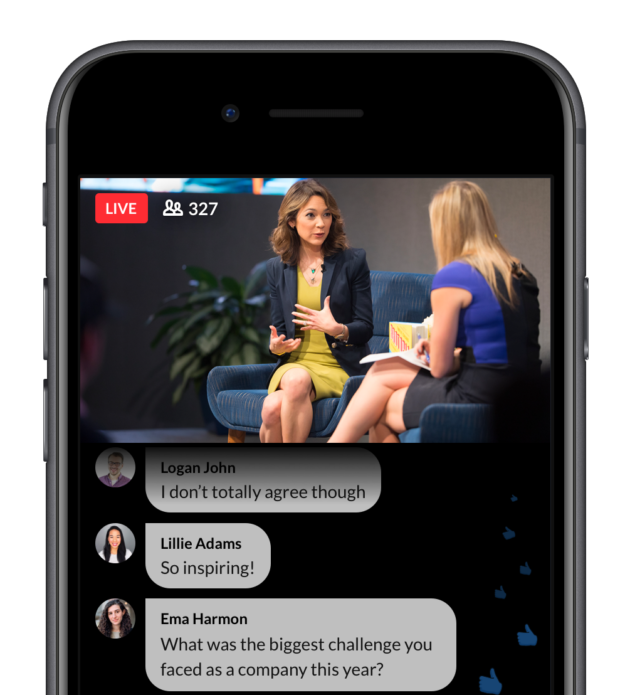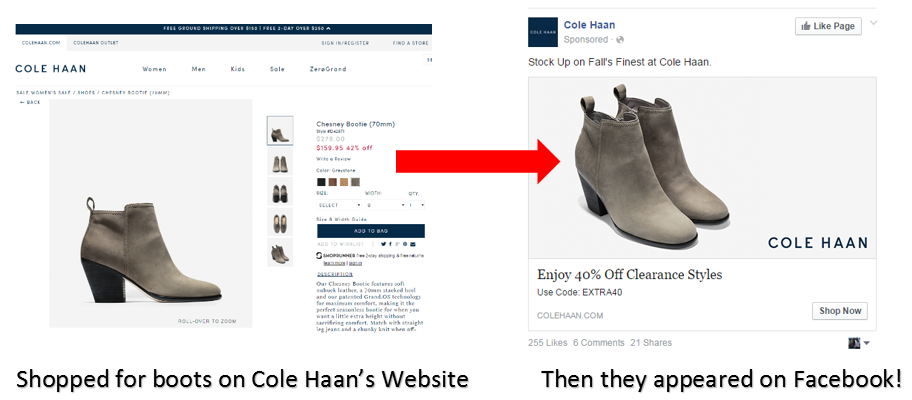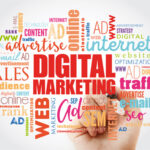What used to be a “linear” journey for most costumers has been converted into a more and more fragmented process due to an increase in web literacy and advancing technologies. How can you keep up your sales in these brave new world?
So, how can you keep your conversion rates up? Here is a four-step strategy for you.
STEP 1: Creating an engagement asset
Possible customers visiting your site might not trust your brand yet or they are still doing research. No matter the reason, only 1% to 5% of your visitors turn into actual customers.
Here’s where you need to know about secondary products: you need a way to engage your visitors before trying to sell something to them again. The secondary product should be premium or free, compliment your primary product(s), and rank on Google.
This can sound like a lot of work but creating this asset should not be time-consuming or expensive. You probably already have a product that can be made into a solid secondary product.
Therefore, the first strategy to consider should be content re-packaging. For example, turning videos into articles (and vice versa) to create multi-format courses, plus creating some additional assets for an omni-channel marketing strategy.
STEP 2: Integrating your secondary product into your marketing campaign
You want your primary products to remain the main focus of your prospective clients, so promoting your engagement asset in your landing page is not the best idea. A great place for marketing your secondary asset are content-based pages, such as blogs.
The idea is this: your call-to-action should match your reader’s interest and hopefully make them connect to your mark and become tied to it (either by signing up for a newsletter or subscribing to your page, which builds long-term engagement and commitment).
Building effective context to surround your asset is what will make it rank in Google and turn readers into site members —and, eventually, faithful to your brand.
STEP 3: Using AI to market your secondary asset
Machine learning and artificial intelligence are changing the marketing industry. Chatbots that independently help customers solve their problems and smart product recommendations are revolutionizing the industry —and it would be foolish not to take advantage of it.
You can use software that is self-learning to present your engagement asset to your readers at exactly the point when they are most likely to engage.
STEP 4: Using retargeting to turn users into customers
You have an engagement asset. Now, how do you turn these engaged users into actual sales of your primary products? The answer is re-targeting. You can use the custom audience option on the Facebook marketing tool to present your primary product ads to people who have joined your membership site or visited your secondary asset’s landing page.
Conclusion: Convert viewers into customers
With advancing technology and higher competition, the buyer’s journey is not as easy as it used to be. This strategy is a possible answer to generating engagement and fidelity first and then turning visitors into customers.
Comments are closed.








